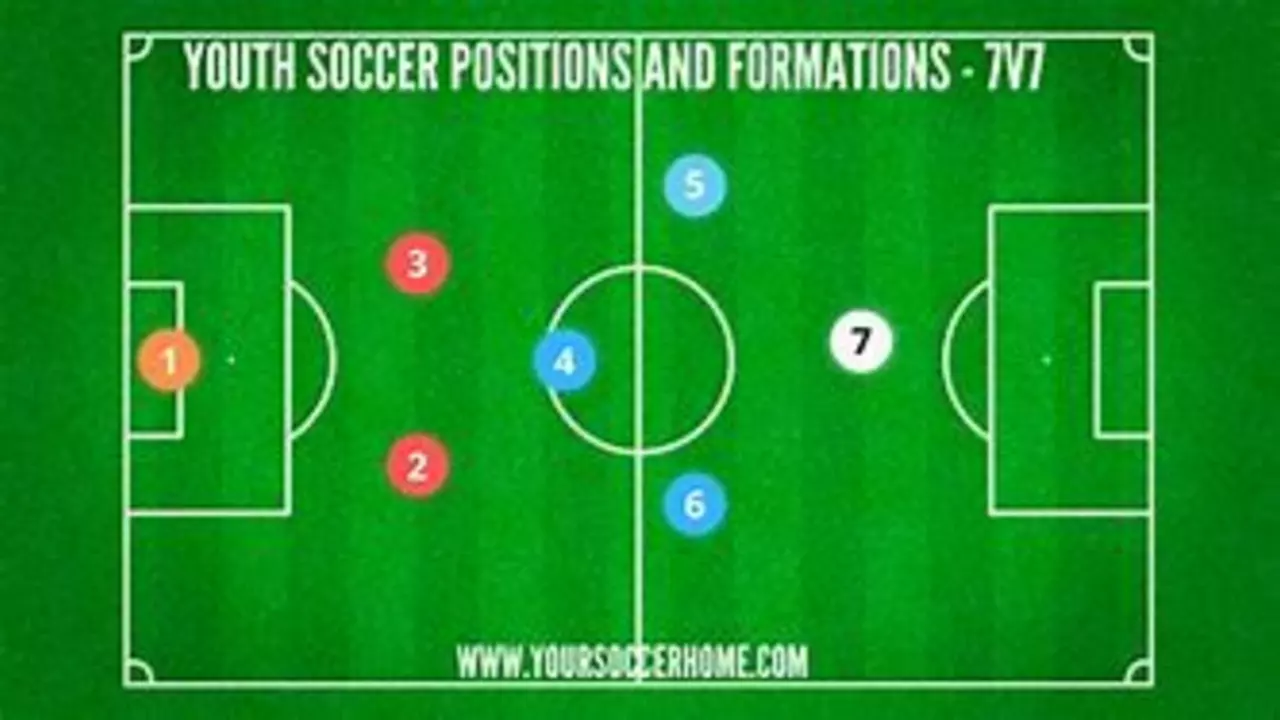5 ft 6 Soccer Players – What Height Means on the Pitch
When you hear "5 ft 6," you might picture a kid in a youth league, not a pro on a big stage. But plenty of top soccer talent stands right around that height. In fact, being 5 ft 6 can give you a low center of gravity, quick changes of direction, and a stealthy edge in tight spaces. If you’re wondering whether height limits you, the answer is a clear no. Let’s break down why a 5 ft 6 frame can actually be a secret weapon.
Why Height Doesn’t Hold You Back
First off, the game rewards speed, balance, and vision more than raw size. A shorter player can stay glued to the ball, dodge defenders, and keep a low posture that makes it harder for opponents to knock them off. Think of a low centre of gravity as a built‑in counter‑balance that lets you pivot on a dime. That lets you slip through crowded midfield zones and keep the ball moving forward.
Second, being 5 ft 6 often means you’ve grown up learning how to use your body smarter. You rely on timing, anticipation, and clever footwork instead of brute force. Those skills translate into great dribbling, quick passing, and an instinct for finding space—a perfect recipe for a playmaker or a winger who needs to beat a full‑back.
Famous 5 ft 6 Players Who Made It Big
Names like Lionel Messi (5 ft 7) and Eden Hazard (5 ft 8) get the headlines, but there are others who sit right at 5 ft 6 and still shine. Take Xavi Hernández, the Barcelona midfield maestro. At 5 ft 6, his vision and passing range turned games around without ever needing to out‑jump anyone. Then there’s Paulo Dybala, an Argentine forward whose nimble footwork and low stance make him a nightmare for defenders.
In the English game, Jamie Vardy (5 ft 8) isn’t far off, but many Championship and League One clubs have found diamonds at 5 ft 6 who pepper the league with goals and assists. These players prove that a modest height can still pack a punch, especially when paired with relentless work ethic and smart play.
Even outside Europe, you’ll see 5 ft 6 athletes dominating in MLS, the A‑League, and South American leagues. Their common thread isn’t just stature; it’s a willingness to master the technical side of soccer—first touch, close‑ball control, and reading the game ahead of time.
So if you or someone you coach is 5 ft 6, focus on sharpening those core skills. Practice quick turns, work on your passing accuracy, and build stamina to out‑run bigger opponents. Height won’t decide your fate; effort, technique, and the right mindset will.
Bottom line: 5 ft 6 is just a number. In soccer, it can be a sweet spot for players who want to weave through traffic, stay balanced under pressure, and keep the ball moving. Use it to your advantage, study the pros who’ve done it, and you’ll see how size truly doesn’t limit what you can achieve on the pitch.

What soccer position should I play if my height is 5 ft 6?
by Caspian Montgomery / 21 Jul 2023If you're 5 ft 6 and wondering what soccer position is best for you, don't stress about your height too much. Positions like midfield or forward are often filled by players of various heights, including those around 5 ft 6. While being taller might be beneficial for positions like goalkeeper or center back, it's your skill, agility, and understanding of the game that truly matter. So, focus more on developing your skills and finding a position that matches your gameplay style. Remember, height isn't everything in soccer!

